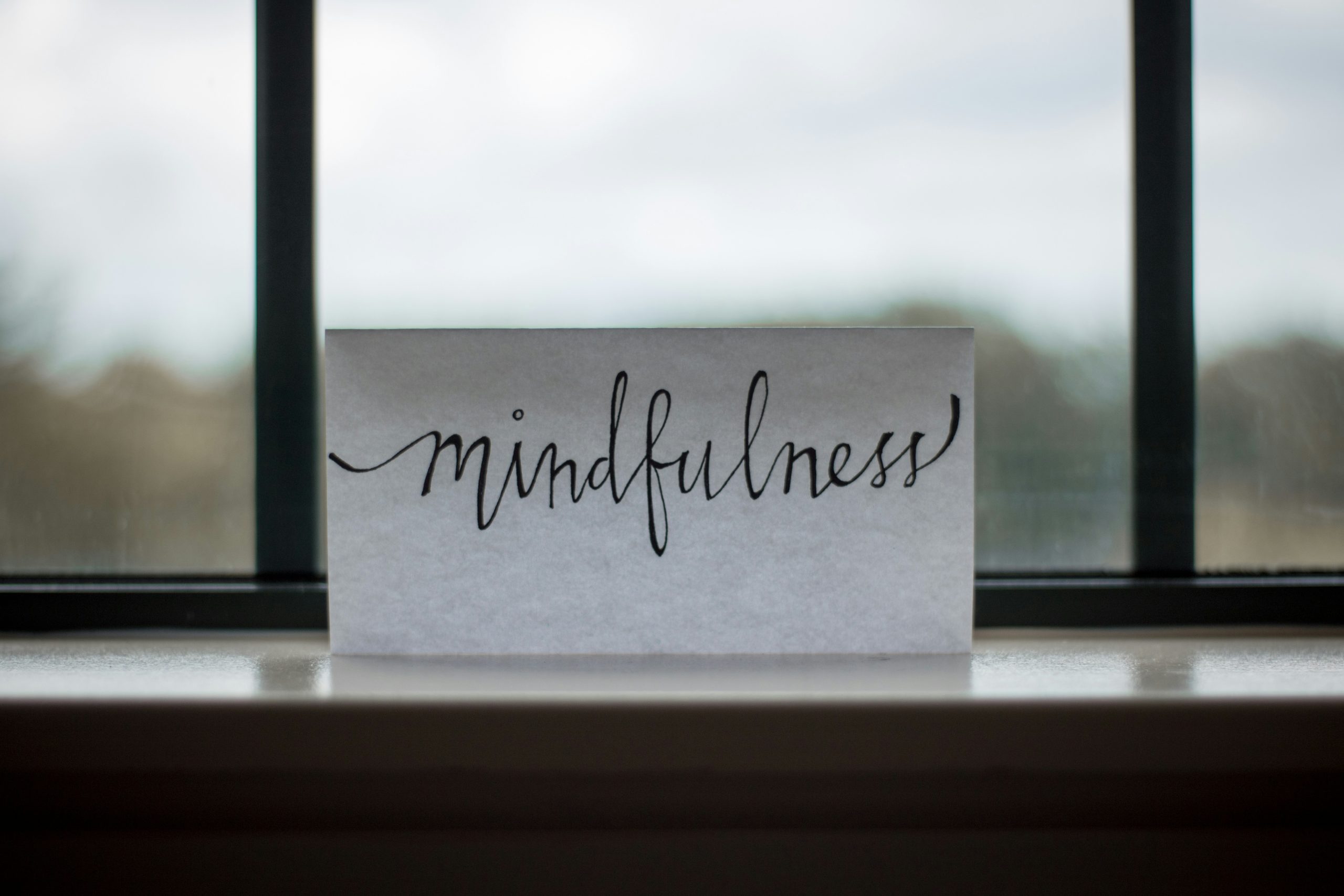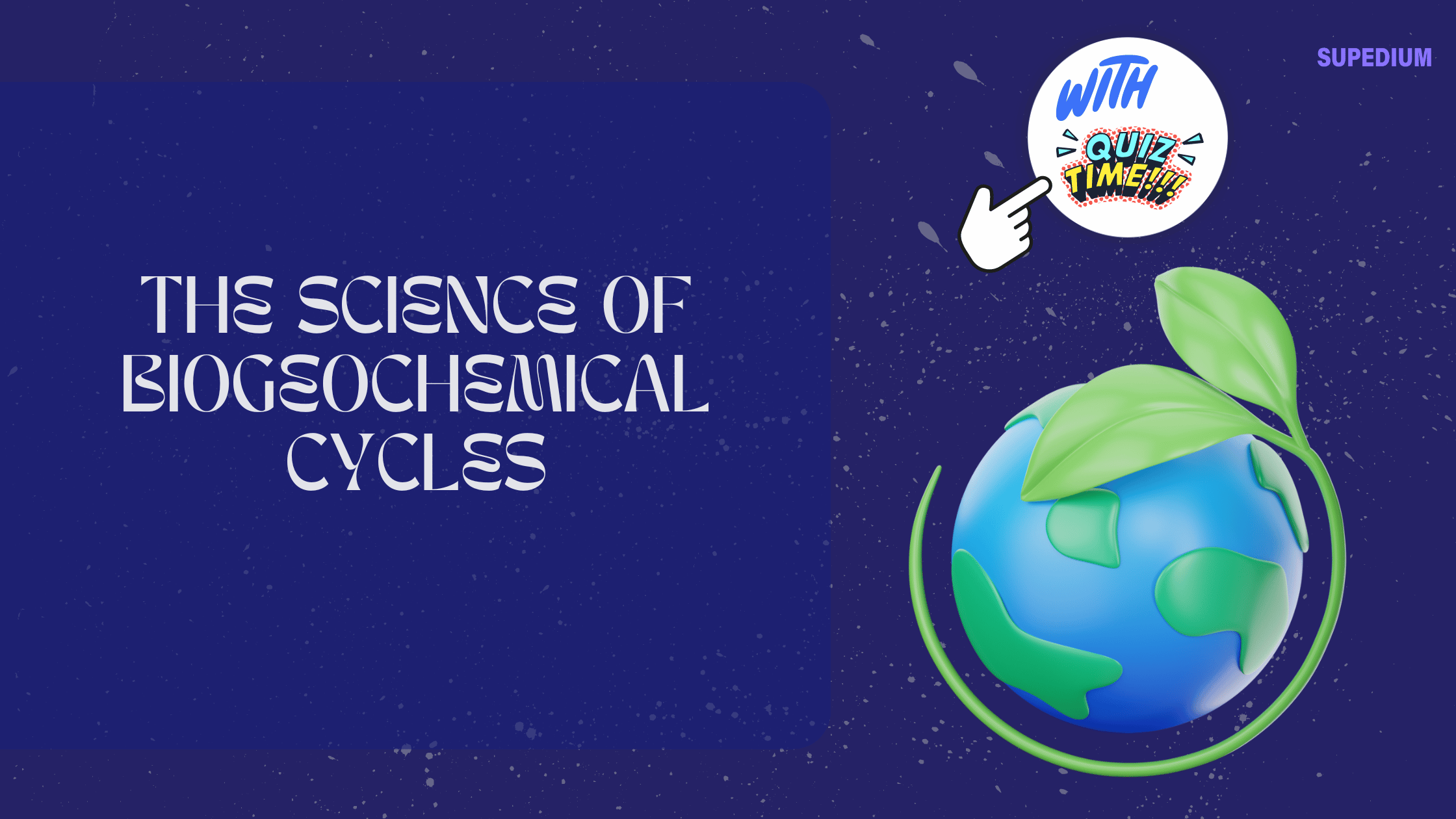Table of Contents
![]()
I. Introduction
Mindfulness and meditation are practices that have garnered significant attention in recent years for their profound impact on mental and physical well-being. Mindfulness is the practice of maintaining an awareness of the present moment, including thoughts, feelings, and sensations, without judgment. It involves a conscious focus on the here and now, embracing experiences as they occur. Meditation, on the other hand, is a mental exercise designed to focus and calm the mind. It includes various techniques aimed at achieving different outcomes, from stress relief to personal insight. Both practices are closely interlinked, with meditation often serving as a means to cultivate mindfulness.
II. Historical Background
The roots of mindfulness can be traced back to ancient Buddhist traditions, where it was integral to practices aimed at achieving enlightenment and understanding the nature of the mind. Mindfulness has also been embraced in other spiritual and religious contexts, including Hinduism and Taoism. Meditation, with its origins in Hinduism and Buddhism, was initially a spiritual practice meant to deepen one’s connection with the divine and achieve mental clarity. Over time, both mindfulness and meditation have evolved, integrating into modern psychological practices such as Mindfulness-Based Stress Reduction (MBSR) and Mindfulness-Based Cognitive Therapy (MBCT), which focus on enhancing mental health and emotional well-being.
III. Types of Meditation
There are several types of meditation, each with unique methods and goals:
- Mindfulness Meditation: This involves paying attention to the present moment, often through focusing on the breath or bodily sensations. Techniques include body scans and breath awareness exercises, which help individuals develop a deeper sense of awareness and presence.
- Concentration Meditation: This type of meditation focuses on a single point of attention, such as a mantra or a candle flame. Techniques like Transcendental Meditation (TM) and loving-kindness meditation (Metta) fall into this category, aiming to improve concentration and cultivate positive emotions.
- Guided Meditation: In guided meditation, an instructor or audio guide leads practitioners through a series of visualizations or relaxation exercises. This method is often used to address specific goals, such as stress reduction or emotional healing.
- Movement-Based Meditation: This includes practices like yoga and Tai Chi, which combine movement with mindfulness. Walking meditation is another form where the act of walking is used as a focus for mindfulness.
IV. Techniques and Practices
- Basic Mindfulness Techniques: These involve simple practices such as observing the breath, noting thoughts and feelings, and returning focus to the present moment. These techniques can be easily incorporated into daily routines to enhance overall awareness.
- Advanced Mindfulness Techniques: Vipassana meditation, or insight meditation, is an advanced technique that delves deeper into the nature of suffering and the mind’s patterns. Body awareness practices and progressive relaxation are also used to explore and release physical and emotional tension.
- Practical Application of Meditation: Developing a daily meditation practice involves setting aside time each day for meditation and gradually increasing the duration. Integrating mindfulness into everyday activities, such as eating or walking, can help reinforce the practice and its benefits.
V. Benefits of Mindfulness and Meditation
- Mental Health Benefits: Research shows that mindfulness and meditation can significantly reduce stress, anxiety, and depression. By promoting a more balanced and calm state of mind, these practices contribute to overall mental health.
- Physical Health Benefits: Regular practice has been associated with lower blood pressure, improved immune function, and better sleep. These physical benefits stem from the reduction in stress and the promotion of relaxation.
- Cognitive and Emotional Benefits: Mindfulness and meditation can enhance cognitive functions such as focus and attention. They also support emotional regulation, helping individuals manage their responses to stress and develop resilience.
VI. Challenges and Misconceptions
- Common Challenges: Practitioners often face challenges such as difficulty maintaining focus, finding time to meditate, or experiencing discomfort during practice. Overcoming these obstacles requires patience and persistence.
- Misconceptions About Mindfulness and Meditation: Some misconceptions include the belief that mindfulness and meditation are solely for people with specific spiritual or religious interests, or that they are quick fixes for complex mental health issues. In reality, these practices can benefit anyone and require consistent effort to achieve their full potential.
VII. Mindfulness and Meditation in Modern Context
- Applications in Therapy and Healthcare: Mindfulness and meditation have been integrated into various therapeutic approaches, including psychotherapeutic practices and stress management programs. They are used to help individuals cope with stress, anxiety, and chronic pain.
- Mindfulness in Education and the Workplace: In educational settings, mindfulness practices can improve focus and emotional regulation among students. In the workplace, they contribute to increased productivity, job satisfaction, and overall well-being.
- Technology and Digital Tools: The rise of meditation apps and online resources has made mindfulness and meditation more accessible. Digital tools, including virtual reality guided sessions, offer innovative ways to practice and experience these techniques.
VIII. Conclusion
In summary, mindfulness and meditation offer a range of benefits, from enhanced mental and physical health to improved cognitive and emotional functioning. Understanding their historical roots, various types, and practical applications can help individuals integrate these practices into their lives. Encouraging personal exploration and utilizing available resources can support the development of a meaningful and effective mindfulness and meditation practice, ultimately fostering greater well-being and balance.
Share This





Be the first to comment